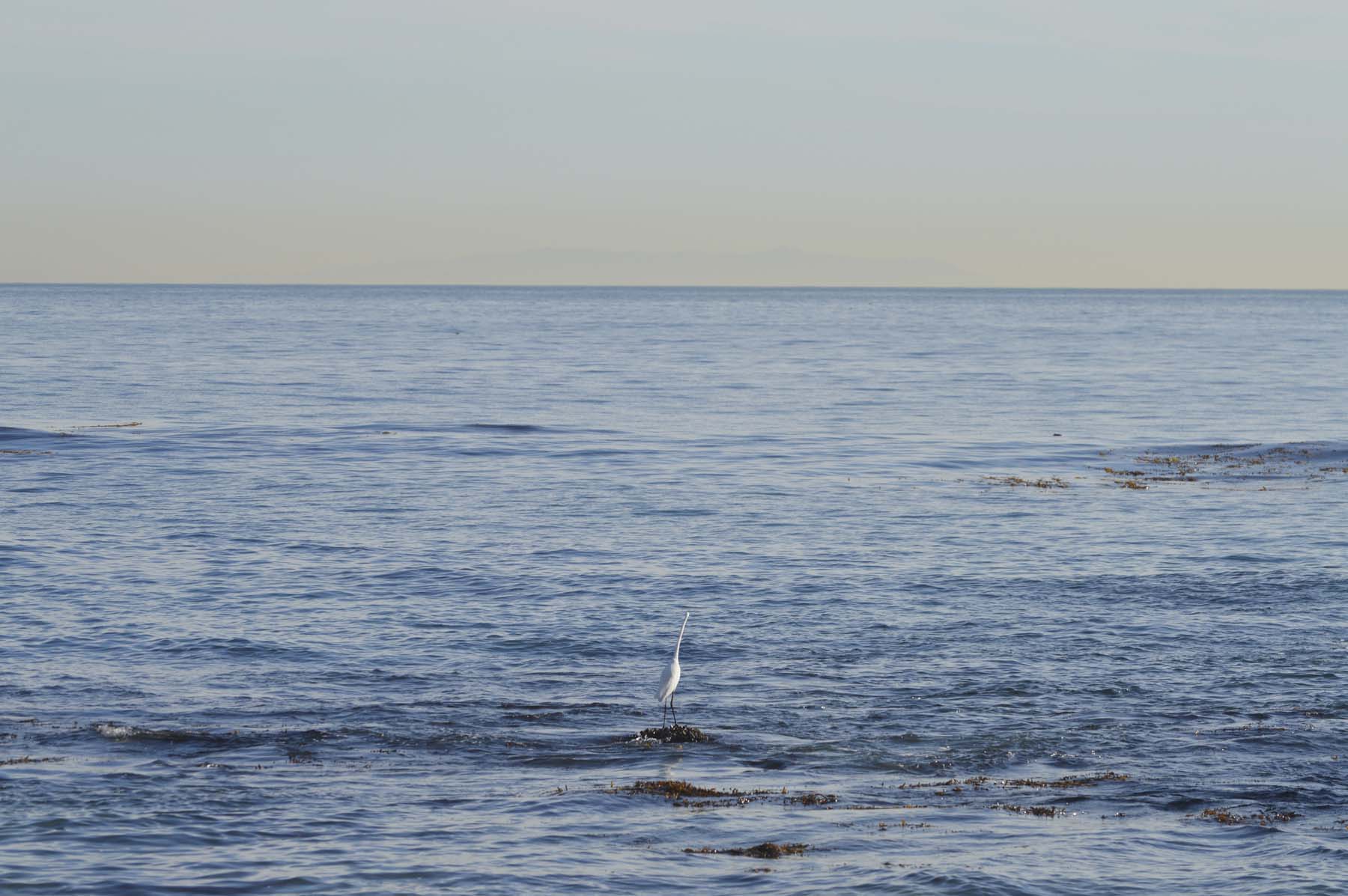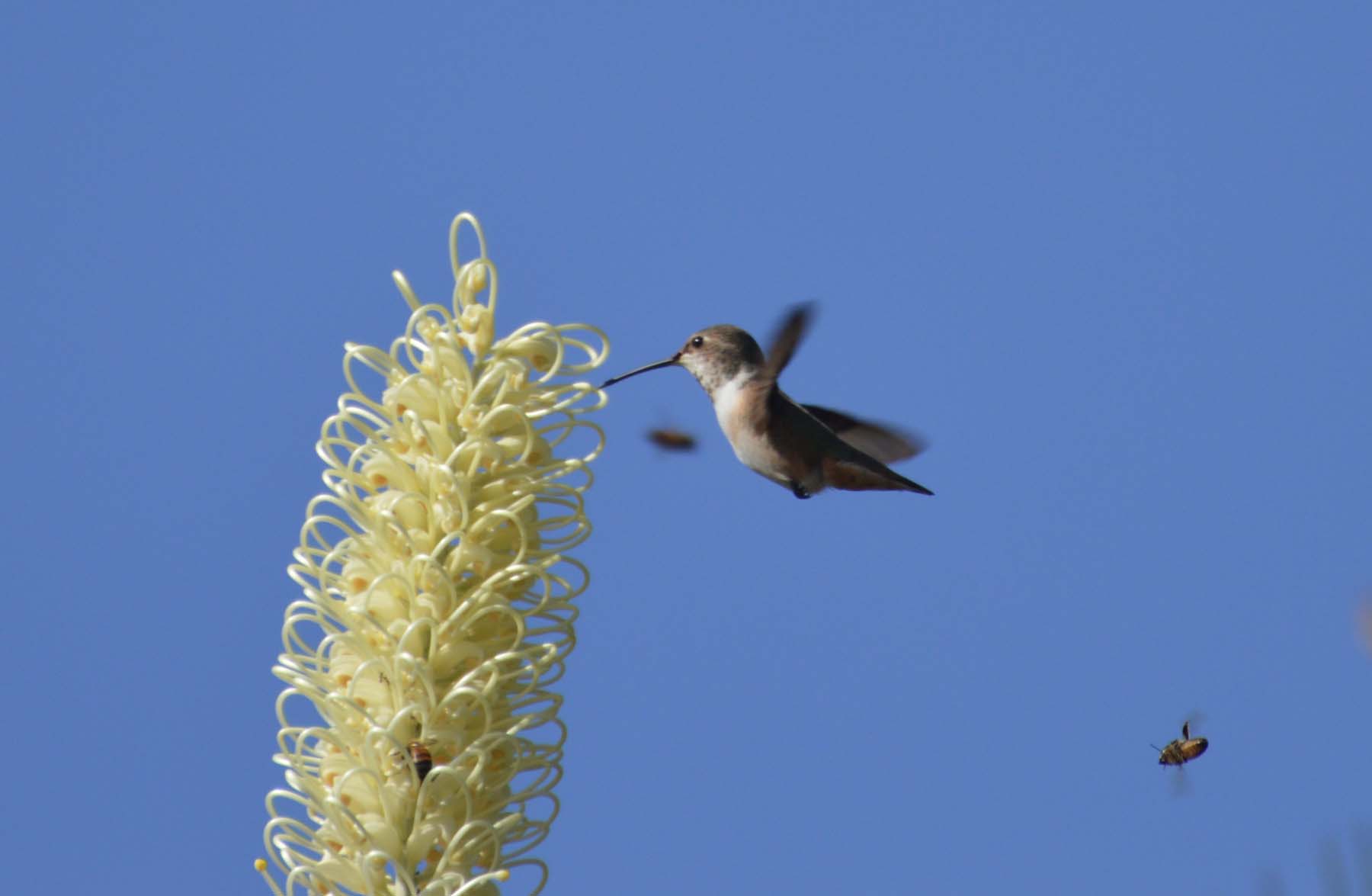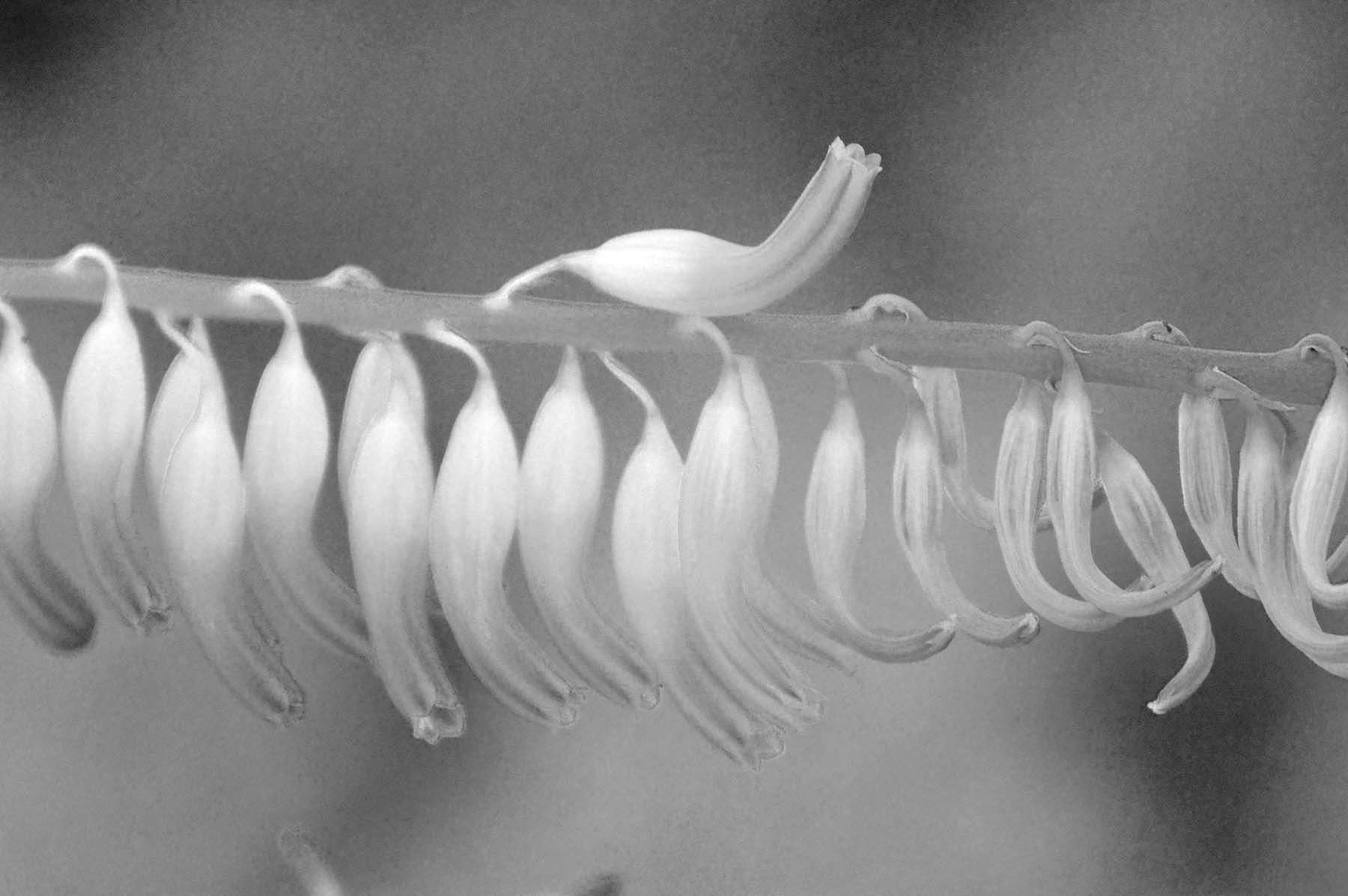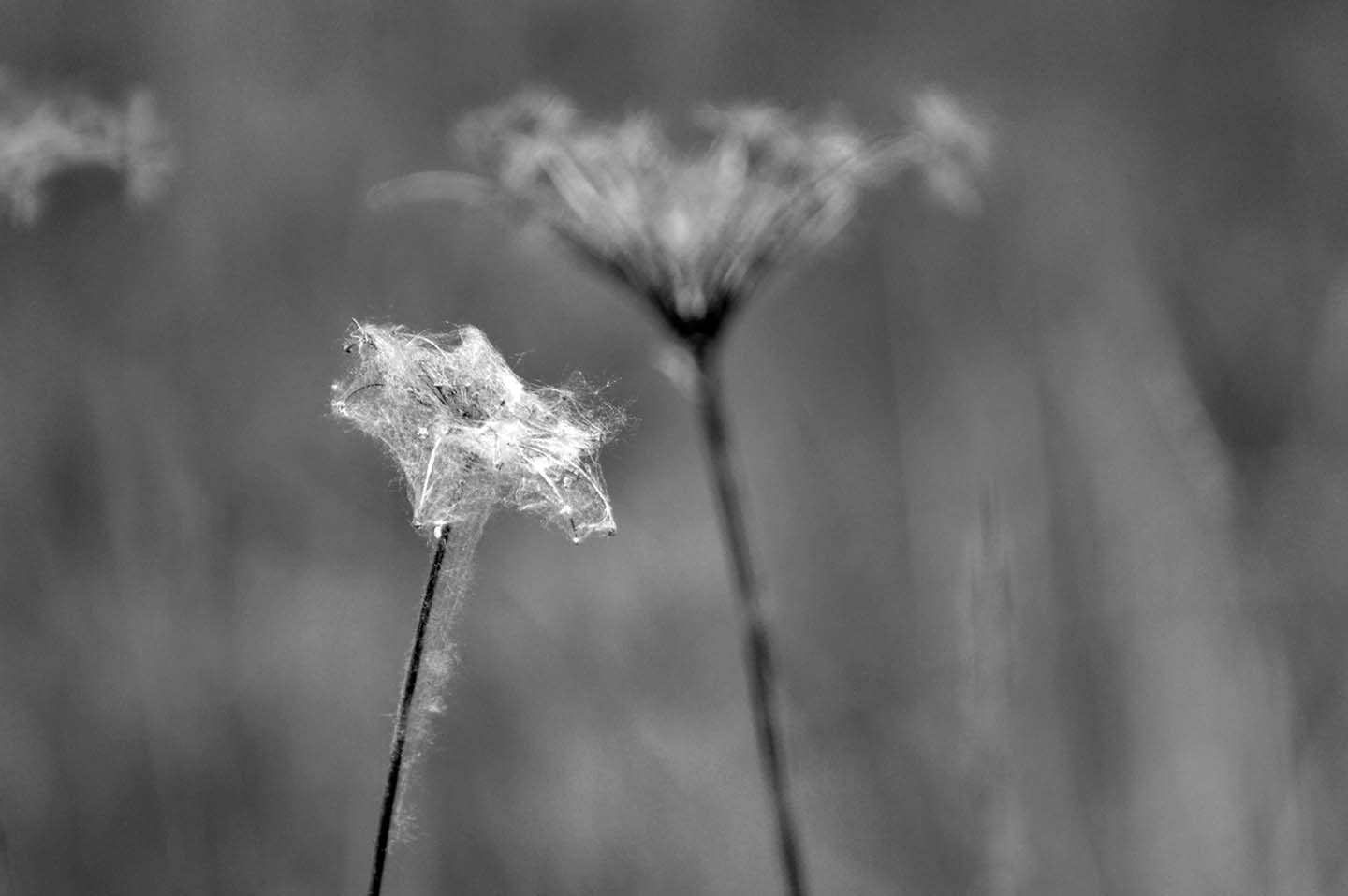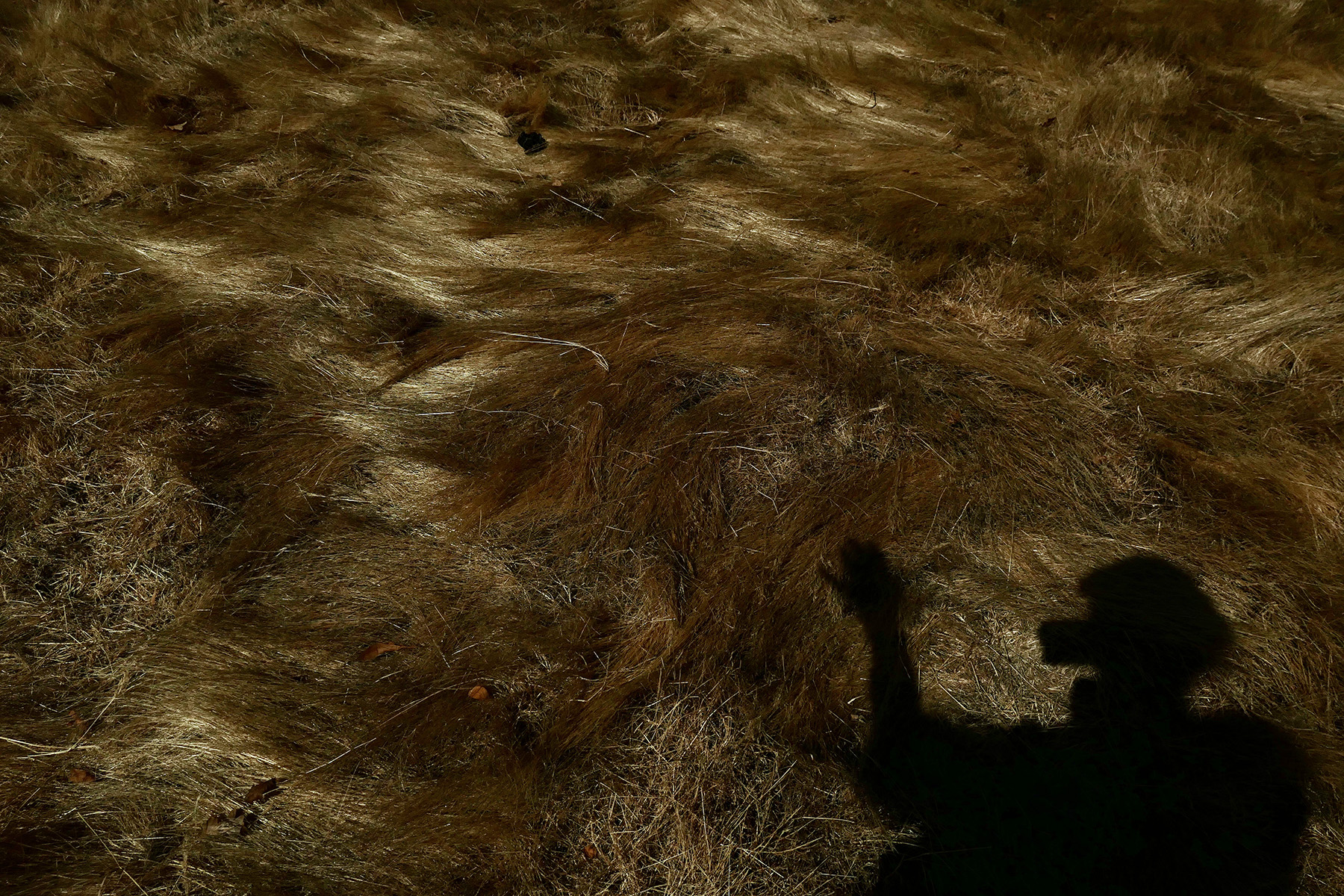Der Erlkönig
· Beyond the Treeline ·
One of the most amazing pieces of music from the romantic period is a song written by Franz Schubert ((1797-1828), The Erl-King or Elf-King. It sets a poem by Johann Wolfgang von Goethe (1749-1832) to music, words that were based on a medieval Danish ballad, Elveskud. The narrative describes the night ride of a father carrying his feverish child on his galloping horse. The child fearfully tells his father that he sees the Erl-King, a metaphor for death, but is calmly and rationally told that it is just the wind, fog, trees and darkness that scare him. The Erl-King, after trying to lure the child with promises of toys and amusement, eventually threatens to take the boy by force, and the father gets increasingly anxious, realizing that the vision is not just a hallucination. When they arrive at home, the boy is dead in his arms.
Every school child of my generation had to learn the poem by heart, having no clue what it was all about other than a horror story. It contains many of the elements so important to the Romanticists: nature, death, the supernatural. Goethe certainly knew about fear of death as a youngster – he fought tuberculosis for two long years before he even turned twenty. Schubert’s composition manages to capture dread with changes in key and tempo, as well as introducing 4 distinct voices with different melodies, ranges and key changes alternating between major and minor keys. There is the narrator who frames the story at beginning and end, and then alternating vocalizations of the father, the kid and the Erlkönig. A fifth personality – the horse – is represented by the piano with a relentless, pounding rhythm throughout for the right hand (and the score specifies every single move the accompanist has to take, incredibly thought-out and rigid. The whole things comprises three or so minutes, a good thing too, otherwise your right hand would fall off.)
To this day I know very few pieces that embody dread, particularly the dread of an innocent child that senses death, as well as this song. It gave me goose-bumps as a child. Now the fear of being a helpless parent is more prominent – trying to distance yourself from the realization that horror lurks, and wanting to protect the child (as well as yourself) from that reality, to no avail.
The photomontage is an older one that I recently added to the series of images representing music that matters to me. It captures a torso of a young child surrounded by birches and alders (the “Erl” in Erlkönig is the German word for an alder tree: Erle. Unclear if Goethe ignored the Danish “Elven”, or it was a translation error. My speculation would be that he wanted to stage the eeriness of the moors where alders grow at the damp places. But what do I know.)
I photographed these very trees on the grounds of the former concentration camp Bergen-Belsen, a camp where so many Jewish children died of disease and starvation, as did their parents, eventually. (52.000 human beings, as a matter of fact, 13.000 of those after liberation of the camp, too starved to recover.)
How does a parent, themselves aware of the inescapability of potential death, protect the last weeks of their children? The history has renewed relevance for us, given the unrestrained rise in anti-semitism, both In Germany and here in the U.S. – an unrestrained rise fueled by unrestrained language encouraging violence against Jews, preemptively blaming them for election losses, and throwing out dogwhistles (serial numbers for to-be- deported immigrants was the latest in Floridian fantasizing, evoking tattoos of the Holocaust, and publicly welcoming fascist ideologues. Here is an overview article in The Atlantic about anti-semitism of the upper echelons of the American right wing. Read it and weep.
I weep also when I think of the mothers and fathers in Gaza, the West Bank and Lebanon desperately trying to find some fashion of normal life for their children among the bombs and the hunger and the disease. It is they to whom the children turn, like the boy in the poem besieges his father, expecting comforting and protection. And it is they who cannot explain that all the laws we thought would protect us, have been cast aside, are ignored, or scoffed at, on all sides.
U.N. experts, for example, consider exploding pager and radios a terrifying violation of international law.
“Simultaneous attacks by thousands of devices would inevitably violate humanitarian law, by failing to verify each target, and distinguish between protected civilians and those who could potentially be attacked for taking a direct part in hostilities….Such attacks could constitute war crimes of murder, attacking civilians, and launching indiscriminate attacks, in addition to violating the right to life,” the experts said. Humanitarian law additionally prohibits the use of booby-traps disguised as apparently harmless portable objects where specifically designed and constructed with explosives – and this could include a modified civilian pager, the experts said. A booby-trap is a device designed to kill or injure, that functions unexpectedly when a person performs an apparently safe act, such as answering a pager. It is also a war crime to commit violence intended to spread terror among civilians, including to intimidate or deter them from supporting an adversary,” the experts warned. “A climate of fear now pervades everyday life in Lebanon,” they said.”
Legal experts in the US disagree with each other whether law violations occurred with these booby-traps (Ref.), but nobody disputes that Israel defies the orders from the U.N. top Court to halt its military offensive in Gaza, after South Africa accused it of genocide.
Many argue that targeted attacks against the militants of Hamas or Hezbollah are justified in a war. Civilian casualties are seen as an inevitable side effect and within the boundaries of international law, justified by the warring factions in pursuit of their strategic goals. That cannot, however, count for actions that affect civilian populations most grievously and indiscriminately.
The Gazan children are starving. Over 50.000 children ages 6 months to 4 years are in urgent need of treatment for malnutrition. Israel deliberately blocked humanitarian aid to Gaza, according to our own government authorities, the U.S. Agency for International Development, and the State Department’s Bureau of Population, Refugees and Migration.
“USAID had sent Blinken a detailed 17-page memo on Israel’s conduct. The memo described instances of Israeli interference with aid efforts, including killing aid workers, razing agricultural structures, bombing ambulances and hospitals, sitting on supply depots and routinely turning away trucks full of food and medicine.”
“Separately, the head of the State Department’s Bureau of Population, Refugees and Migration had also determined that Israel was blocking humanitarian aid and that the Foreign Assistance Act should be triggered to freeze almost $830 million in taxpayer dollars earmarked for weapons and bombs to Israel, according to emails obtained by ProPublica.” (Ref.)
Secretary Blinken and President Biden disregarded the assessment, since it would have stopped us from sending bombs to Israel, per the law. Here are the details from an investigation by ProPublica published yesterday. Aid organizations across the world agree with the original plea by our agencies: CARE, Oxfam and multiple others warn about a humanitarian disaster because of Israel’s obstruction of aid: food, water, medicine. The U.N. General Assembly concurs. Here is the report of their special rapporteur.
What do you tell your child, all over the world, when the Erl-King calls and there’s not a morsel to eat?

Here is a different iteration of the song – above I had linked to Ian Bostridge, here is Fischer Dieskau.
Who rides at a gallop through night so wild? It is the father with his dear child.
He grips the boy firmly in his arms,
He holds him safe, he keeps him warm.
‘Son, why do you cower so fearfully?’ ‘Father, the Erl-king! Can you not see? The dreadful Erl-king with crown and tail?’ ‘My son, it is mist blown by the gale.’
‘You lovely child, come away with me, We’ll play together down by the sea; Such pretty flowers grow on the shore, My mother has golden robes in store.’
‘My father, my father, oh do you not hear What the Erl-king whispers into my ear?’ ‘Be calm, stay calm, it’s nothing my child But dry leaves blown by the wind so wild.’
‘My fine young lad, won’t you come away?
My daughters are waiting for you to play;
My daughters will lead the dance through the night, And sing and rock you until you sleep tight.’
‘My father, my father, can you still not see
The Erl-king’s daughters waiting for me?’
‘My son, my son, I can see quite clear
The moon on the willows, there’s nothing else there.’
‘I love you my boy, you are such a delight; And I’ll take you by force if you put up a fight.’ ‘My father, my father, he’s gripping me fast! The Erl-king is hurting! Help me, I’m lost!’
The father shudders, and speeds through the night, In his arms he holds the moaning boy tight;
At last he arrives, to home and bed:
In the father’s arms the child was dead.

